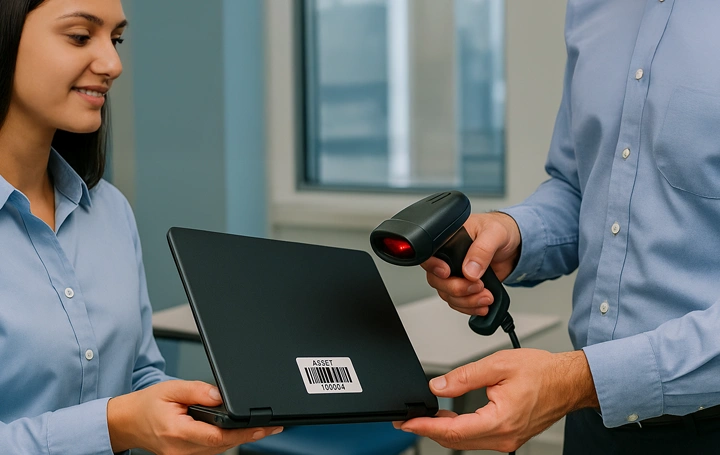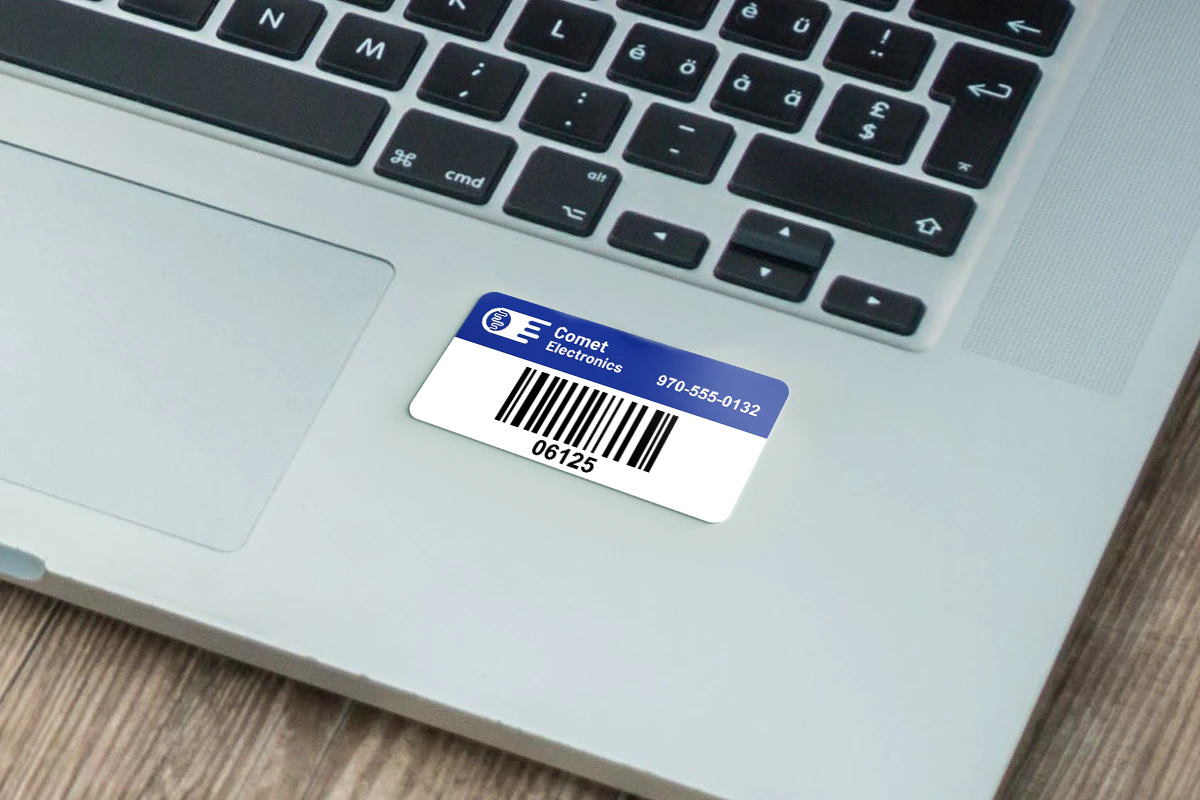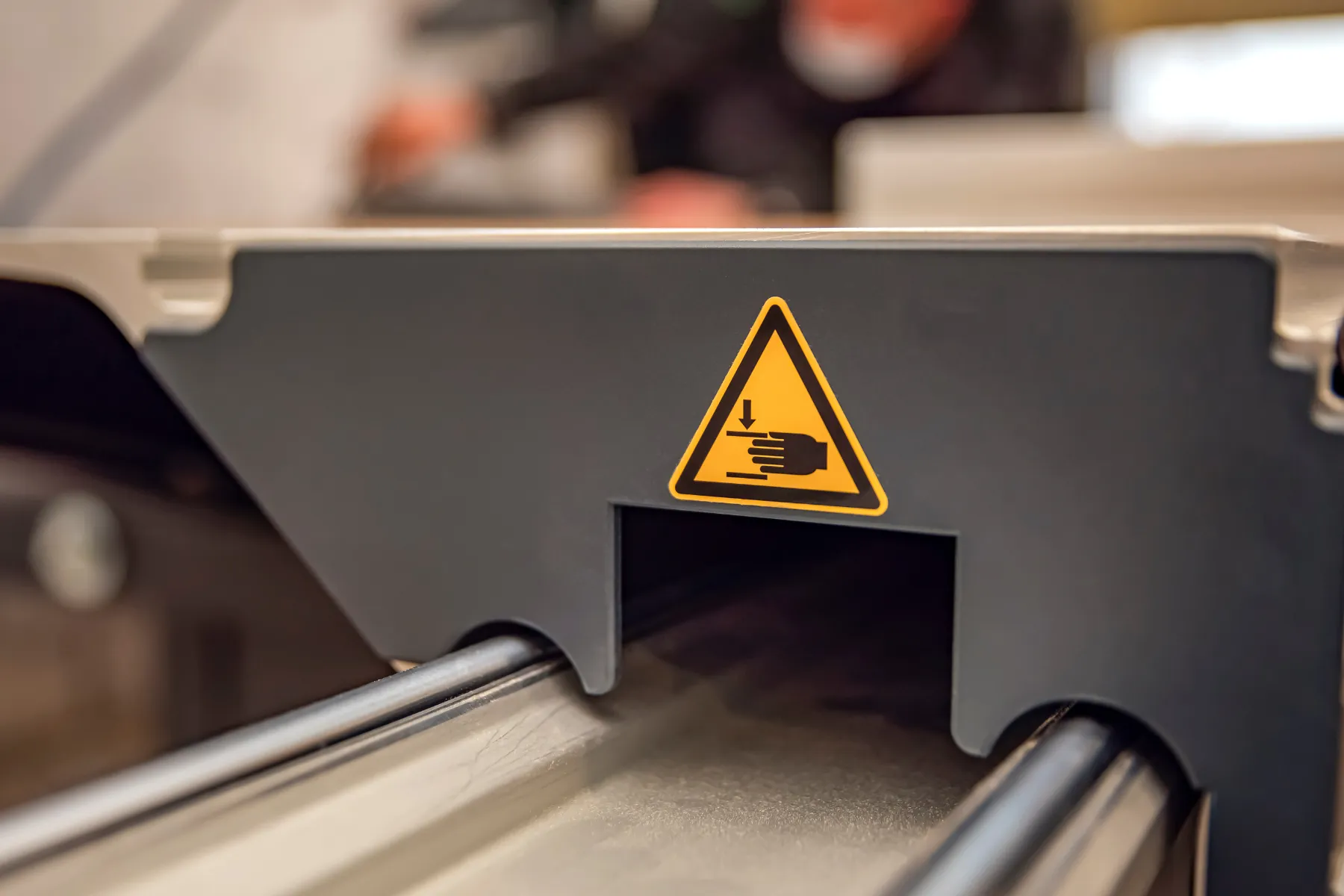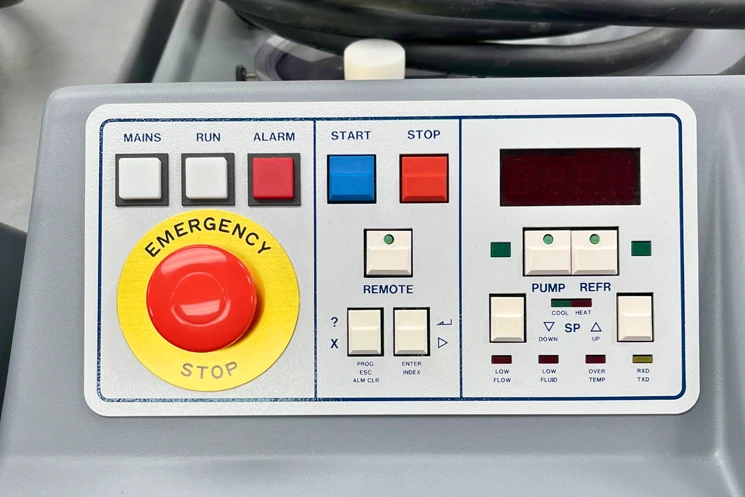Transferring physical assets between departments, buildings, or off-site locations doesn’t have to mean spreadsheets, missing items, or crossed wires.
Barcode-based tracking, serialized asset tags, and tamper-evident labels give you a clear audit trail and keep ownership visible at every step, without slowing down your workflow or risking compliance problems.
Why Transfers Fall Apart Without the Right Tools
Paper logs, hand-signed forms, or disconnected spreadsheets often lead to mistakes, delays, and misplaced items. When assets move between teams or buildings, it’s easy for things to disappear, leaving you scrambling during audits or inspections.
Common problems include:
- Inconsistent records across departments
- No proof of when or where assets moved
- Unauthorized swaps of valuable items
- Missing compliance documentation for HUD transfer of physical assets or other regulated situations
Barcode Asset Tags Keep Transfers Accurate
Barcodes and serialized asset tags give every piece of equipment a unique, scannable ID. This allows you to:
- Log each time an asset leaves or arrives at a location
- Update records instantly with handheld scanners or mobile apps
- Connect every move to your asset management software for live oversight
- Cut errors by eliminating handwritten notes
Using durable tags also ensures your tracking doesn’t fail mid-transfer, even in challenging environments.
Tamper-Evident Tags: Reduce Loss and Maintain Control
For high-value or sensitive assets, tamper-evident tags make unauthorized swaps obvious. If someone tries to remove or replace a tag, it shows clear signs, like “VOID” text or a broken seal, alerting you right away.
This helps you protect your chain-of-custody and meet requirements like HUD transfer of physical assets documentation, which often demands proof of control.
Durable options like custom property ID tags and tamper proof asset tags match different environments and security levels, giving you flexibility to protect assets wherever they’re used. When picking labels, think about:
- Surface type: Will tags stick reliably to metal, plastic, or painted equipment?
- Environmental stress: Will they face moisture, heat, chemicals, or abrasion during moves?
- Readability: Are barcodes or serial numbers clear enough for fast scanning?
- Security needs: Would a tamper-evident layer help prevent misuse or theft?
- Compliance requirements: Do specific regulations call for certain tag materials or information?
Choosing tags that match your conditions helps you keep asset tracking intact from start to finish.
Build an Audit-Proof Transfer Process
- Label Assets with Serialized Tags
Assign a unique ID to each asset before any transfer. - Scan Before and After Moves
Record check-out and check-in times using scanners or mobile apps. - Use Asset Management Software
Track every transfer with time-stamped logs stored in one system. - Keep Documentation Ready
Save records digitally so you can pull them quickly for audits. - Train Teams on the Process
Make sure everyone knows how to scan, document, and handle issues with missing or damaged tags.
Example: From Chaos to Control
A hospital facilities team used to rely on sign-out sheets for moving wheelchairs, carts, and monitors between buildings. Assets often went missing for weeks, slowing down care and causing expensive rentals.
After adding barcode tags and scanning every transfer, missing equipment dropped by 85% and quarterly audits finished days faster. The new system also helped meet HUD transfer requirements for federally funded equipment.
Connect Transfers to Stronger Asset Practices
Smarter transfers are only part of keeping your equipment under control. Once assets are in place, you still need a system that keeps them visible and accounted for over time.For practical ideas on labeling, tracking, and keeping assets organized from the shop floor to storage, take a look at our post on asset management.
Transfer of Physical Assets FAQs
It’s the process of moving equipment or property between locations, departments, or sites, often requiring documentation for accountability or compliance.
They give every item a unique ID, so each handoff updates records instantly and accurately, reducing mistakes and missing items.
They make it obvious if someone tries to remove or alter a tag, helping you protect high-value assets during moves.
Yes, HUD transfer of physical assets requirements demand clear proof of control and accurate records for federally funded property.
Label assets with serialized tags, scan every move, log changes in your asset management software, and store records digitally for easy access during audits.



